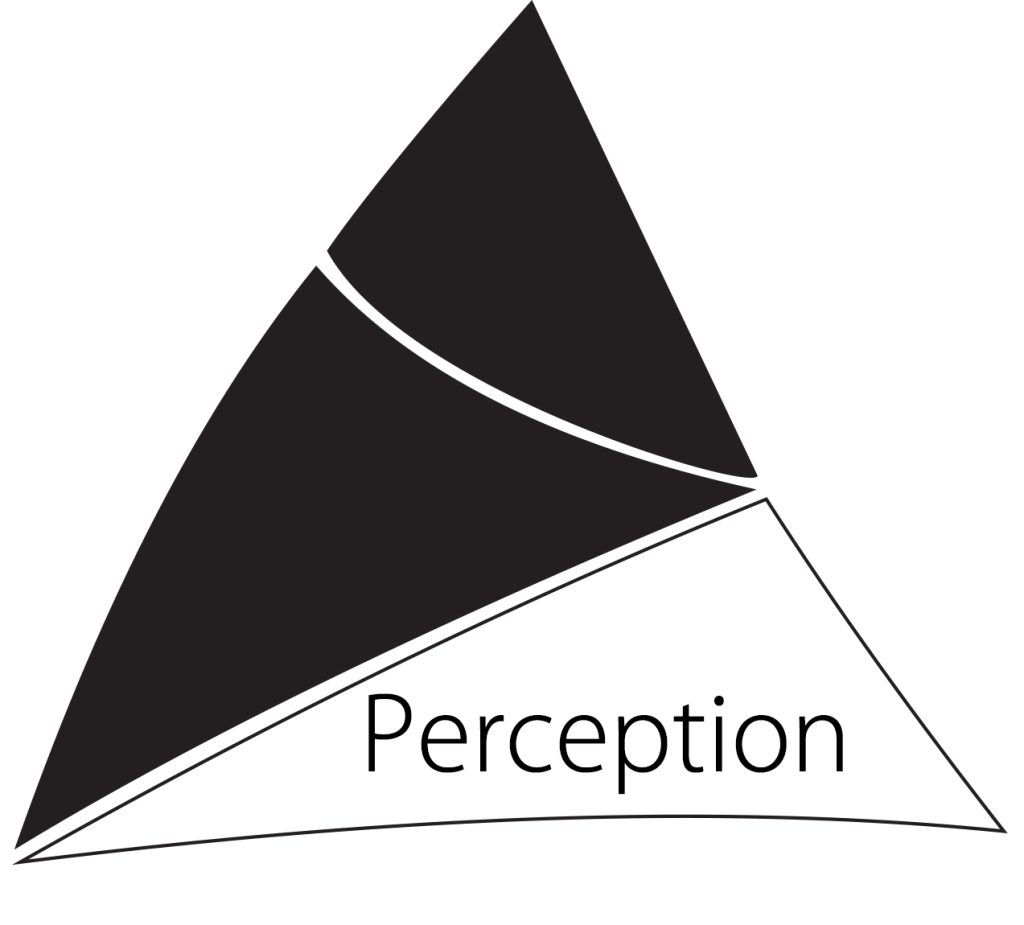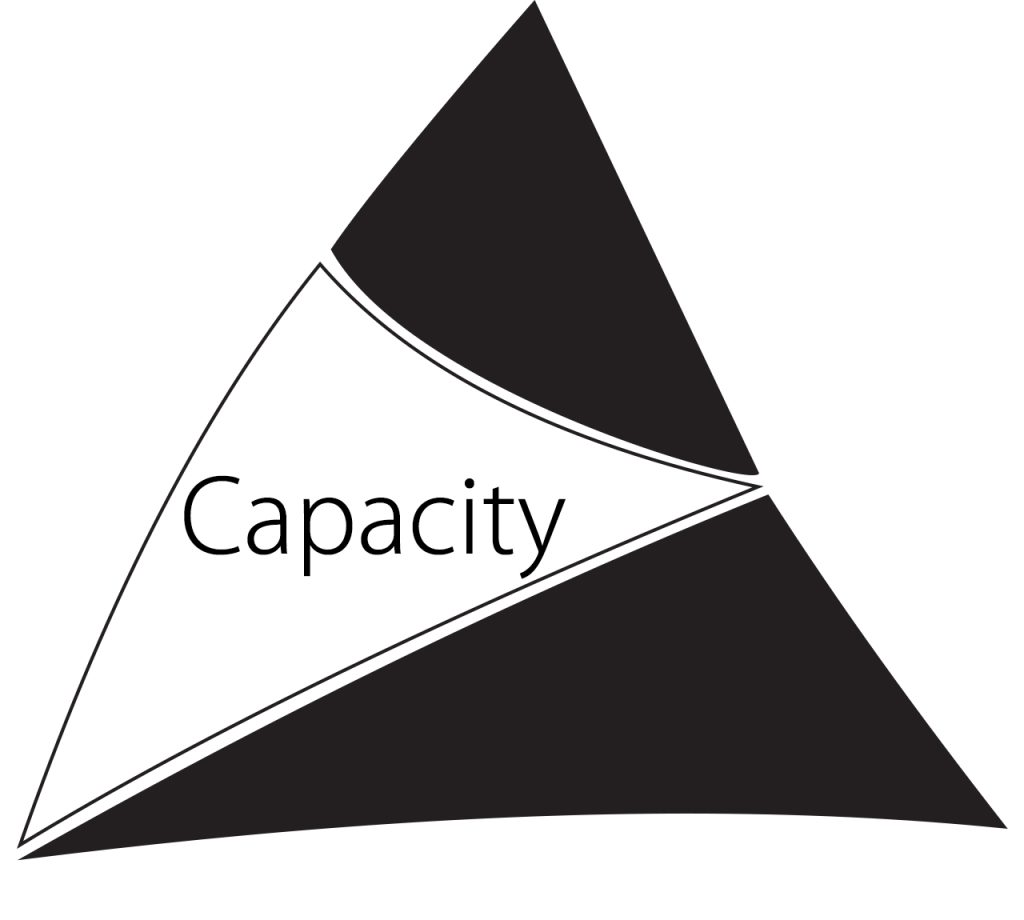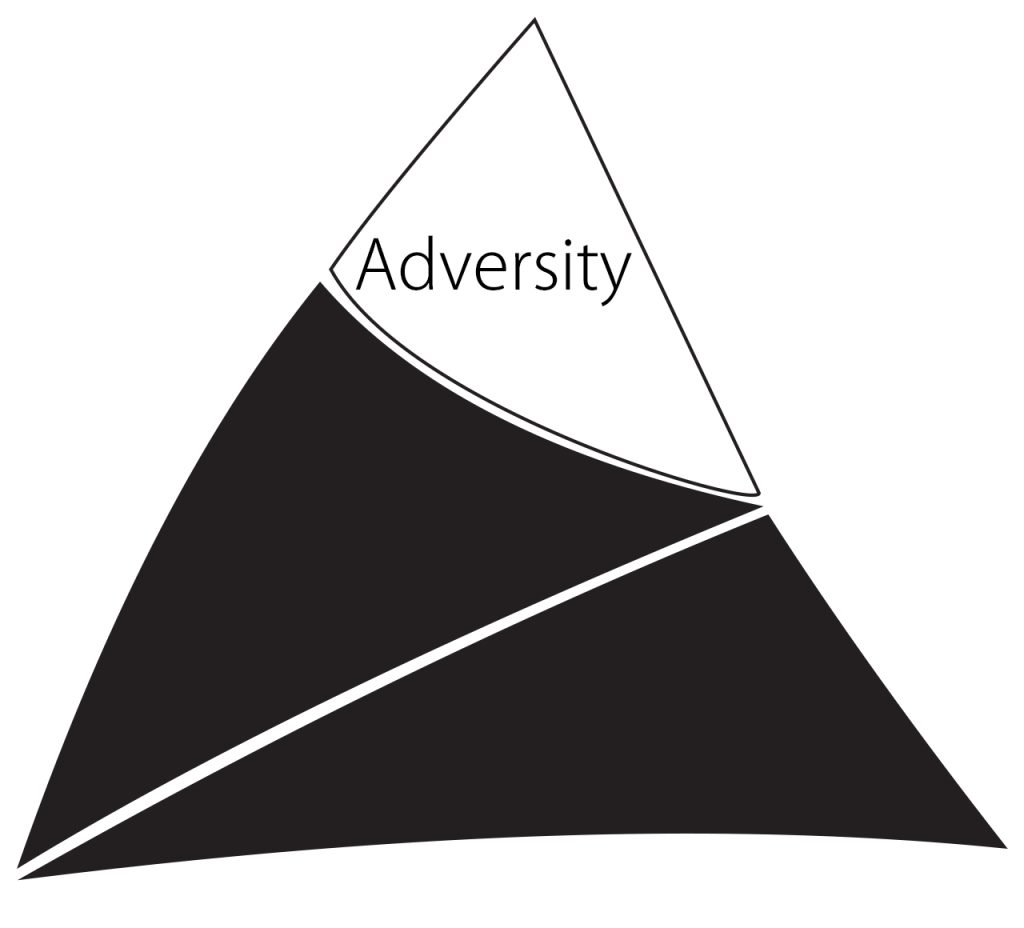Being a Guide
Anytime we set out to offer assistance, coaching, inspiration, support, direction or guidance – to ourselves or others – we become a guide. Most of the time we end up becoming a guide to ourselves, our friends, our family and our colleagues. This type of guiding usually happens through necessity and is voluntary.
A smaller number of people guide others on a professional level. Becoming a professional guide requires a diverse skill set and comes with a heightened level of responsibility.
Like any skill, being a guide is a craft that takes time and effort to truly master. Being an effective guide requires leadership, communication, decision making, risk management, coaching, crisis management, memory building, organizational and influencing skills.
Not surprisingly, we use these same skills in many everyday situations. This is makes adventure skills essential life skills that everyone should work to develop and master.
The Guide’s Path
What every guide needs to realize is that there are three key elements that go into every adventure. These elements are perception, capacity and adversity.
To achieve an adventure:
- People have to be interested
- They need to have the capacity to do it
- The risk exposure and the level of adversity has to managed effectively
- The experience has to be seen as being positive afterwards.

Perception
To manage the perception effectively requires us to:
- Manage the interest
- Manage the Expectations
- Define and communicate Success
- Establish and manage Credibility
- Deliver both real and perceived Value
- Build and manage the Memories of the event. This last part is key because the memories that we have are the stories that we will tell ourselves and will share with others.
Ensuring that people are left with positive memories of guided experiences is what defines whether an event is remembered as an adventure or a misadventure. This is why managing the perception is so important.

Capacity
Managing Capacity includes ensuring everyone has the right amount of:
- Skill
- Knowledge
- Energy
- Confidence
- Focus
- Bandwidth
Without the right amount of capacity, the people involved may not be able to handle the exposure. Managing capacity may require us to teach and develop more skills, share knowledge through coaching, stop to refuel and rehydrate, manage confidence levels, and gauge focus and mental capacity.

Adversity
Managing the adversity requires us to act in a way that allows us to handle the:
- Risk
- Challenge
- Hardship
- Complexity
- Effort
To do this effectively requires us to set the right pace, keep people focused, and to choose the best options. This is the path that a guide has to follow to deliver an adventure worth talking about afterwards for all the right reasons!


